Section Title
Fall Fungicide and Seed Treatment Application on Winter Wheat
- Winter Wheat
When planning for a winter wheat crop, there are a lot of important factors to consider, including use of disease-free seed, availability of stubble to plant into, as well as fertilizer and seeding rates. Additions to that list include use of a seed treatment and a fall fungicide application.
So, the question is, will a seed treatment and/or a fall fungicide application aid in increasing yield and winter survival of your winter wheat crop? The short answer is yes, but there is more to the story.
Seed Treatment
In a study performed at nine western Canadian locations between 2011 and 2013, Dr. Brian Beres (AAFC Lethbridge) and his collaborators found that use of a dual fungicide/insecticide seed treatment increased plant density by an average of 1.1 plants/ft2. There was also an economic advantage of seed treatment use when winter wheat stands were thin, as it resulted in greater gross (+ $13/ac) and net (+$9/ac) returns. Beres suggests that use of a seed treatment can be a method of risk aversion, as it can ensure higher yields when seedling mortality thins winter wheat stands.
Fall Fungicide
In another western Canadian study, Dr. Kelly Turkington (AAFC Lacombe) and collaborators looked at the effect of foliar fungicide application on winter wheat cultivar CDC Buteo. Application of Proline 480 (AI: Prothioconazole, 480 g L-1, Bayer CropScience Inc.) was performed in mid-October. In short, the fall applied fungicide increased yield by 0.8 bu/ac but decreased net returns by almost $10/ac. It should also be mentioned that some sites had high levels of disease and confirmed strip rust infection, and net revenues from applying a fall fungicide were still negative.
Table 1. Mean winter wheat yield, leaf disease severity and net revenue responses to Proline (AI: prothioconazole) for data collected at 26 sites in Manitoba, Saskatchewan and Alberta, from 2010 to 2013.
| Variable | Check | Foliar Fungicide |
|---|---|---|
| Yield (bu/ac) | 62.5 | 63.3 |
| Percentage of flag leaf diseased (%) | 14.8 | 13.9 |
| Net revenue ($/ac) | 43.3 | 33.6 |
The results from this study are consistent with other work on cereal crops that suggest direct protection of the upper canopy is critical in protecting grain yield. Fall fungicide application will not directly protect the upper canopy, and the observed yield increase in this study could be due to plant responses to prothioconazole, which has been shown to enhance frost tolerance.
Learn more
- Beres at al. 2016. Winter Wheat Cropping System Response to Seed Treatments, Seed Size, and Sowing Density. Agronomy Journal
- Turkington et al. 2016. Winter Wheat Yields are Increased by Seed Treatment and Fall-Applied Fungicide. Agronomy, Soils & Environmental Quality.
Article written by Mallorie Lewarne, Agronomy Extension Specialist - Cereal Crops with Manitoba Crop Alliance












